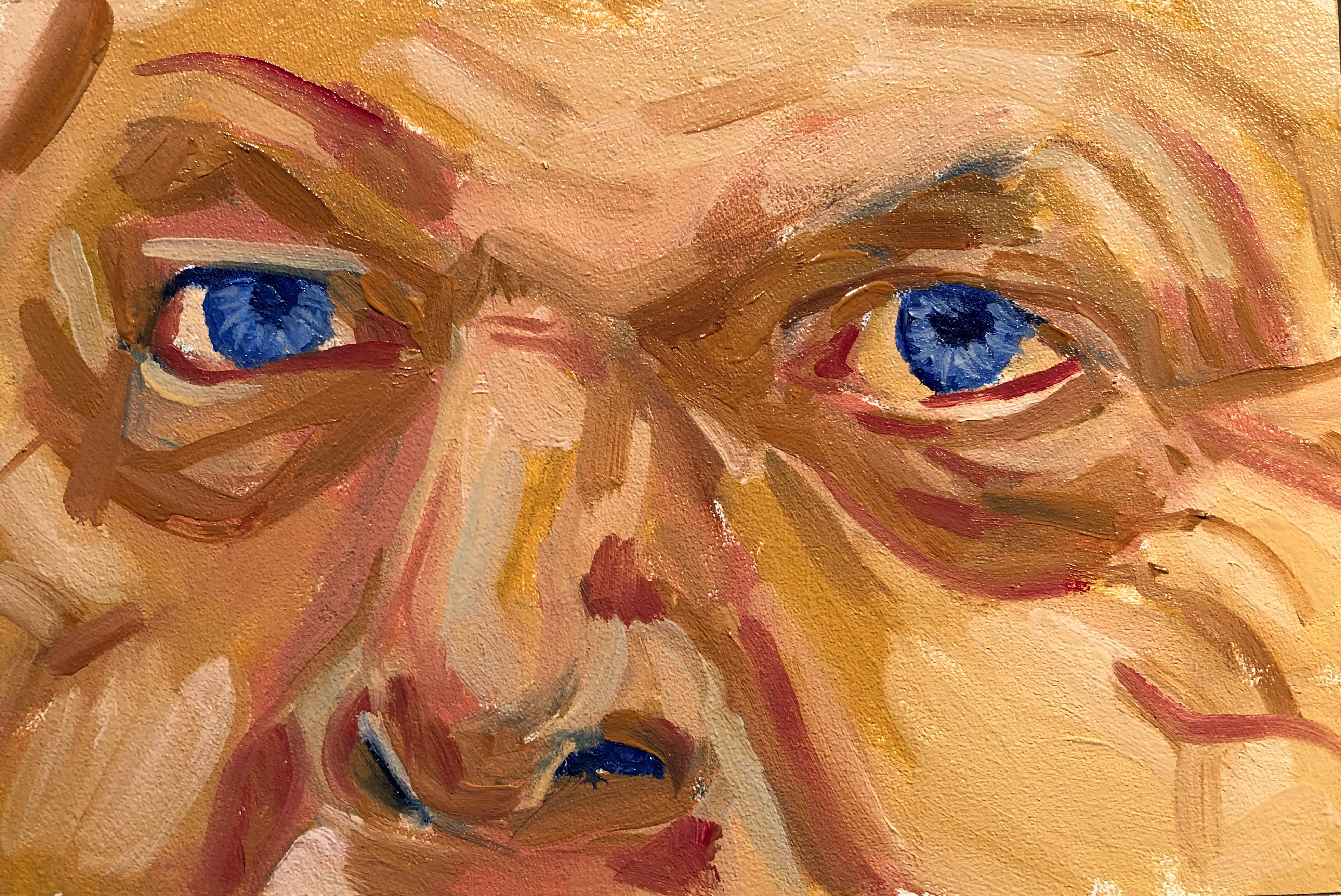With due respect to Stanley Fish whose title I’m aping in this post, I’m on the hunt for good examples of texting within contemporary literature. Know any? Pass ’em along. Texting is a fact of life at least for folks under, say, 30 but I don’t know if I can think of *any* good examples of how texting shows up as a practice reflected in fiction.
I’m not immediately interested in the mere format of how texts appear on the page. A different type face, perhaps or italics, indented like quotations. Having said that, what would the best conversational attribution for texts? “He/she said” doesn’t work. “He/she… typed?” “He/she… texted?” There’s a cool factor of anonymity with texts. On a phone, you can tell who’s talking far better than you can tell who’s texting. That’s got to be exploited.
The piece I’m writing now really has to have texting as an essential element and it’s emerging as an interesting formal challenge. In traditional narrative, folks have to be in proximity to interact. It once was easy to mix in a complication simply by physically isolating someone. But in the era of ubiquitous telephony, separation becomes a bit cliche. Seriously, it doesn’t take too many overly convenient “No signal” or “Out of battery” messages to strain my suspension of disbelief to the breaking point. Horror stories seem to be the worst at this, don’t they? — which is hard to admit since it’s one of my favorite genres.
Texting is something even more different than telephone calls. Phone calls even cel calls are relatively long coherent conversations. Texts are flashes, interruptive messages that necessarily disrupt the continuity of the rest of one’s life. To read a text, one’s consciousness has to fragment if just for an instant. One’s attention has to flicker back and forth — at least mine does — in a way that is really different than, say, a phone call. I can talk on the phone, receiving and responding to audio input, while I’m receiving and responding to other kinds of input on other sense channels, like sight or touch. I remember back in the 90’s when folks were trying to explain what “virtual reality” was. The best explanation I heard was “it’s the place where you ‘go’ whenever you talk on the phone.” That really hit the spot. That “virtual phone booth” wasn’t necessarily immersive or pre-emptive of other reality. We’re still able to walk, cook, drive a car while talking on the phone. But there *is* a sense that the phone conversation takes place somewhere else, in some kind of augmented reality. Texts burst into *this* reality.
Texting presents all sorts of opportunities for fiction. It’s an overlay of meaning that doesn’t depend upon physical proximity. Texts allow revelation but also mystery since one never knows exactly who is on the other end. I just wish I was able to experience more attempts to integrate texts into fiction. Know any?
